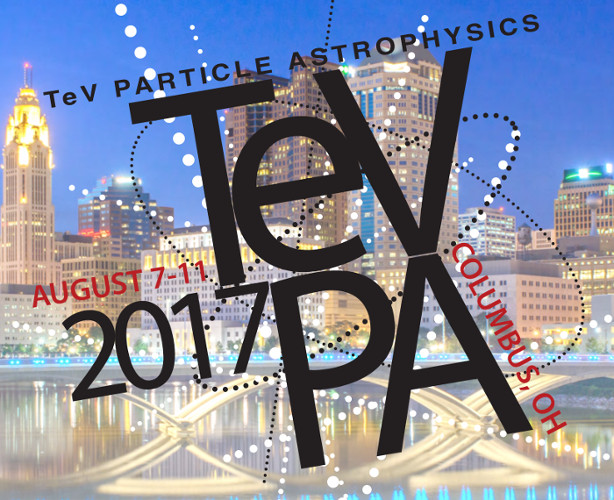Speaker
Description
Supernova remnants are known to be the main sources of galactic cosmic-rays.
They could also be a possible explanation for rise of the positron fraction,
if secondary positrons are produced and then accelerated around the supernova shock front. Yet, if secondary positrons are stochastically accelerated in such shocks,
other secondary cosmic ray species will also be accelerated. Using recent measurements of the cosmic-ray antiproton and proton fluxes in the energy range
of 1 – 1000 GeV, we study the contribution to the antiproton to proton ratio from stochastically accelerated secondary antiprotons in SNRs. We consider several
well-motivated models for cosmic-ray propagation in the interstellar medium and marginalize our
results over the uncertainties related to the antiproton production cross section and the time-,
charge-, and energy-dependent effects of solar modulation. We find that the increase in the antiproton to proton ratio at energies above 100 GeV cannot be accounted for within the context of conventional
cosmic-ray propagation models and that there is statistical evidence for an additional component that could be provided by the stochastically accelerated secondary antiprotons. Under the same conditions in SNRs, we show that accelerated secondary positrons, can account for a significant fraction of the observed positron flux excess.

